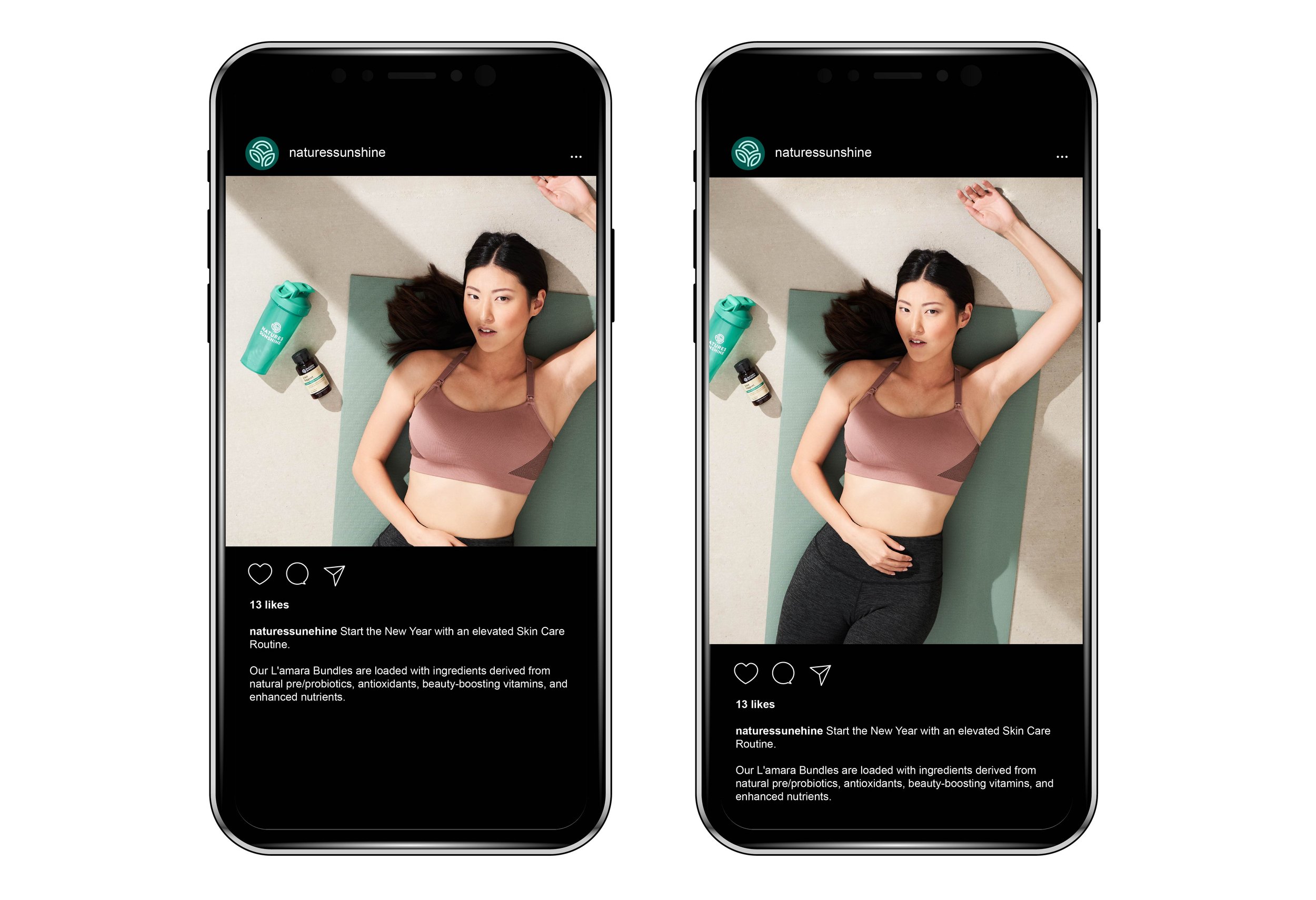There are more and more user-friendly website builders available nowadays. Here I’m recommending 3 that I think you can build a basic and simple website by yourself, without hiring a designer or developer. (If you want the website to look specific way or have interactive elements that are not included in the template, that’s the next level.)
Here's the comparison for Squarespace, Wix and Shopify.
Sqaurespace
My site is Squarespace and I’ve been a user for 7 years. The design interface is very clean, minimal and straightforward and the templates allow you to design a clean and modern website easily. (It’s relatively easy… I did still have clients come to me with clustered Squarespace sites and wanted me to clean it up.) I’m not 100% in love with the latest template 7.1. I think there’s still room for improvement. Like when I set the color theme and it automatically applies it on a section - there’s no way that I can change every detail by myself.
People used to complain about the SEO on Squarespace, but it actually has come a long way.
Wix
I built several free sites in 2015 and just used it again this year (for a client.) Easy drag-and-drop function is really beginner-friendly, but it’s also super easy to mess up the layout. So after you do the desktop view, you’ll need to go to the mobile view (usually it’s totally a mess) and readjust all the elements. As a web designer, Wix is not my favorite, but it makes making a website very easy and fun.
Shopify
Lots of small businesses with physical products use Shopify because it’s designed for selling products. The price point is higher than the other two options and some templates are quite pricy (~$400).
Do not worry that you need to make a decision for the lifetime of your website. You can change your website builders if you don’t like it after a while. Things always have to be updated which means you might need to rebuild your website at some point - shift to the service that can accommodate your needs. Your domain can always connect to your new site as long as you know where you purchased your domain.
Any questions?
Shoot me an email and let’s see if I can solve your problems!
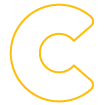










![[INTERVIEW] The story of starting Bonta artisan gelato in Bend, Oregon](https://images.squarespace-cdn.com/content/v1/5444791ce4b02b47d496b5e6/1660851476986-AX6XT1XUU2YJ8NJS765Y/banner-15.jpg)
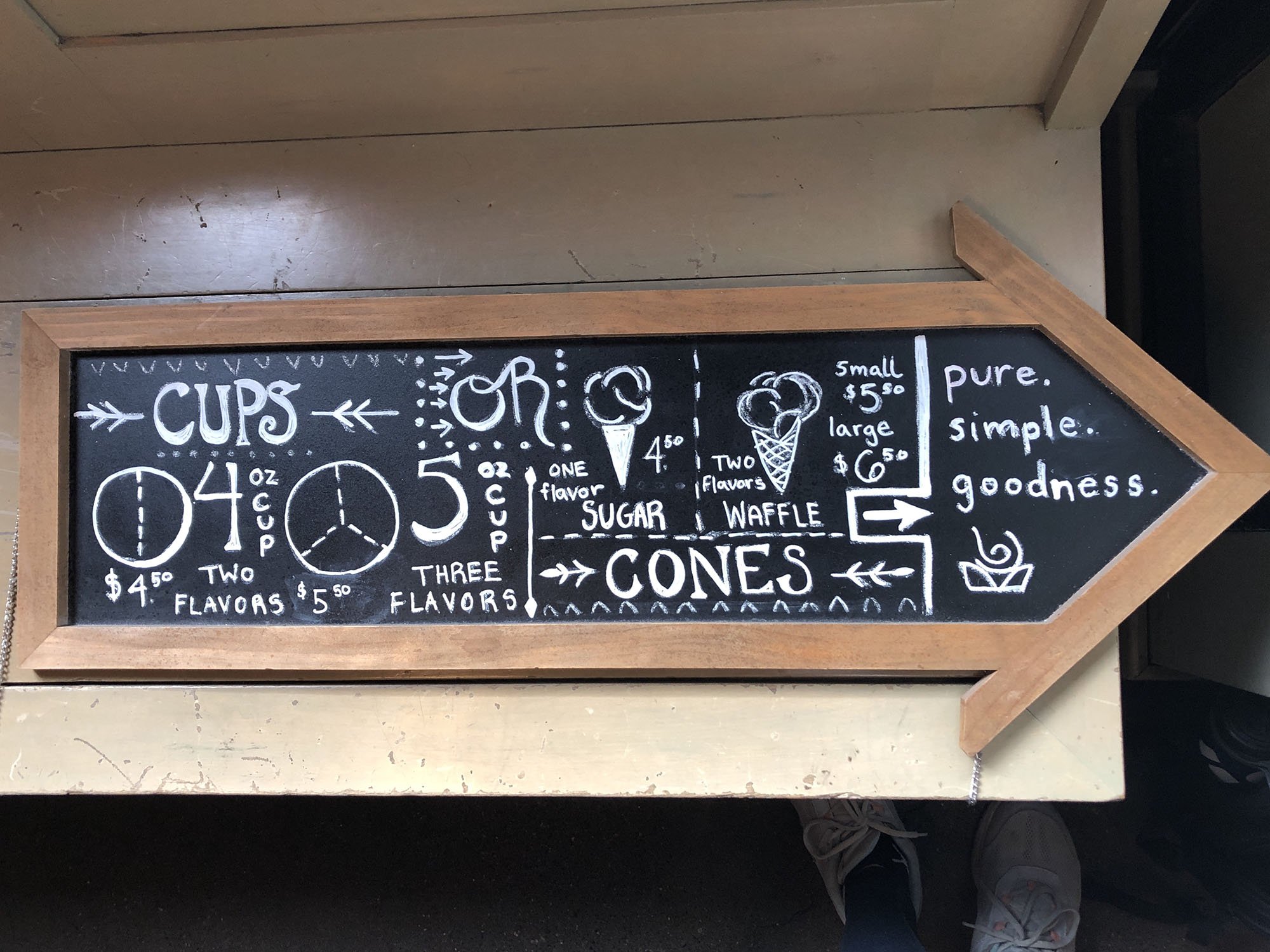





![[INTERVIEW] Starting a business as a learning opportunity with Ottavio Siani](https://images.squarespace-cdn.com/content/v1/5444791ce4b02b47d496b5e6/1655957841360-WF9CH5CNF76SD9VNP3K1/blog-11.jpg)



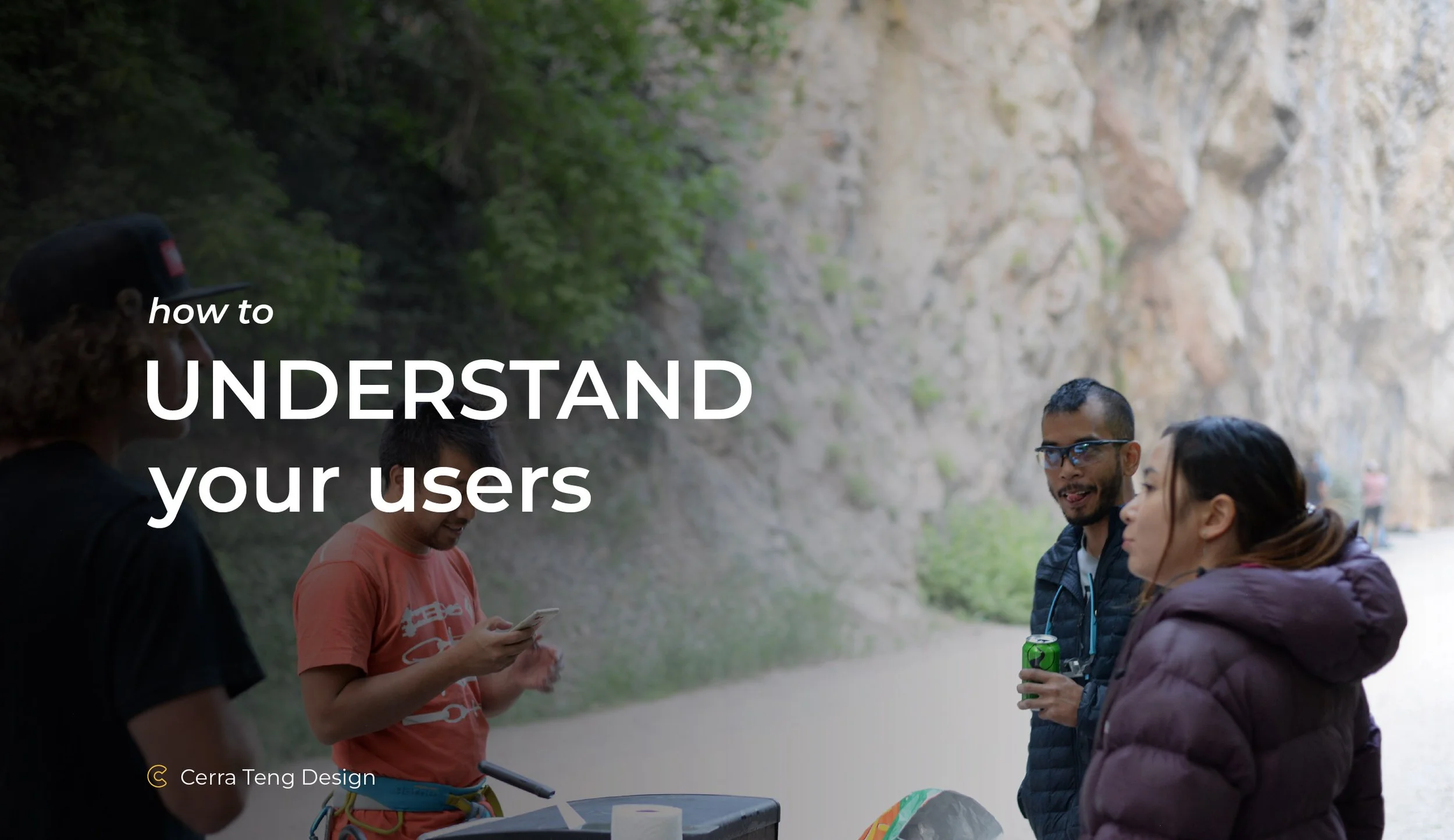
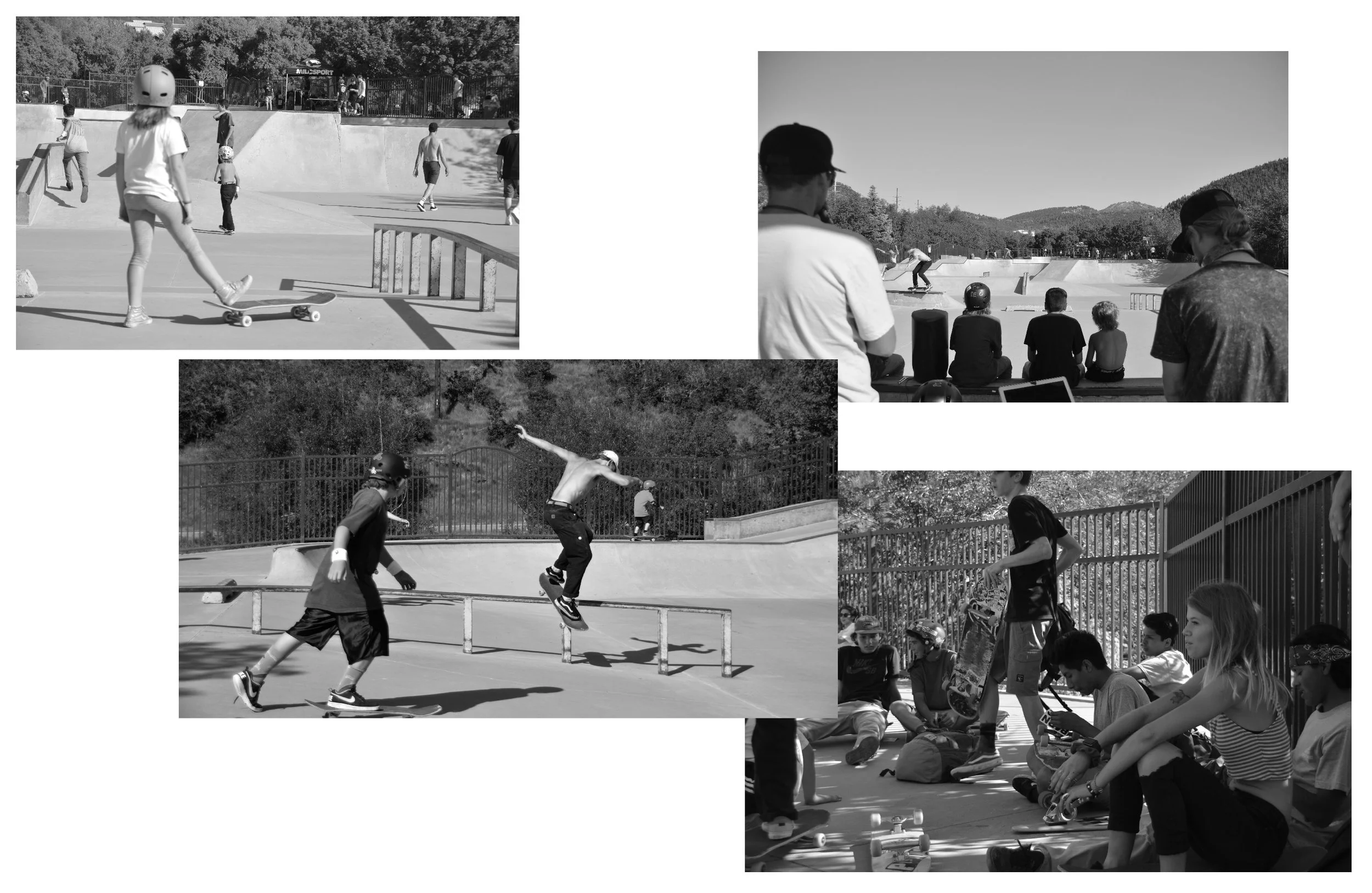
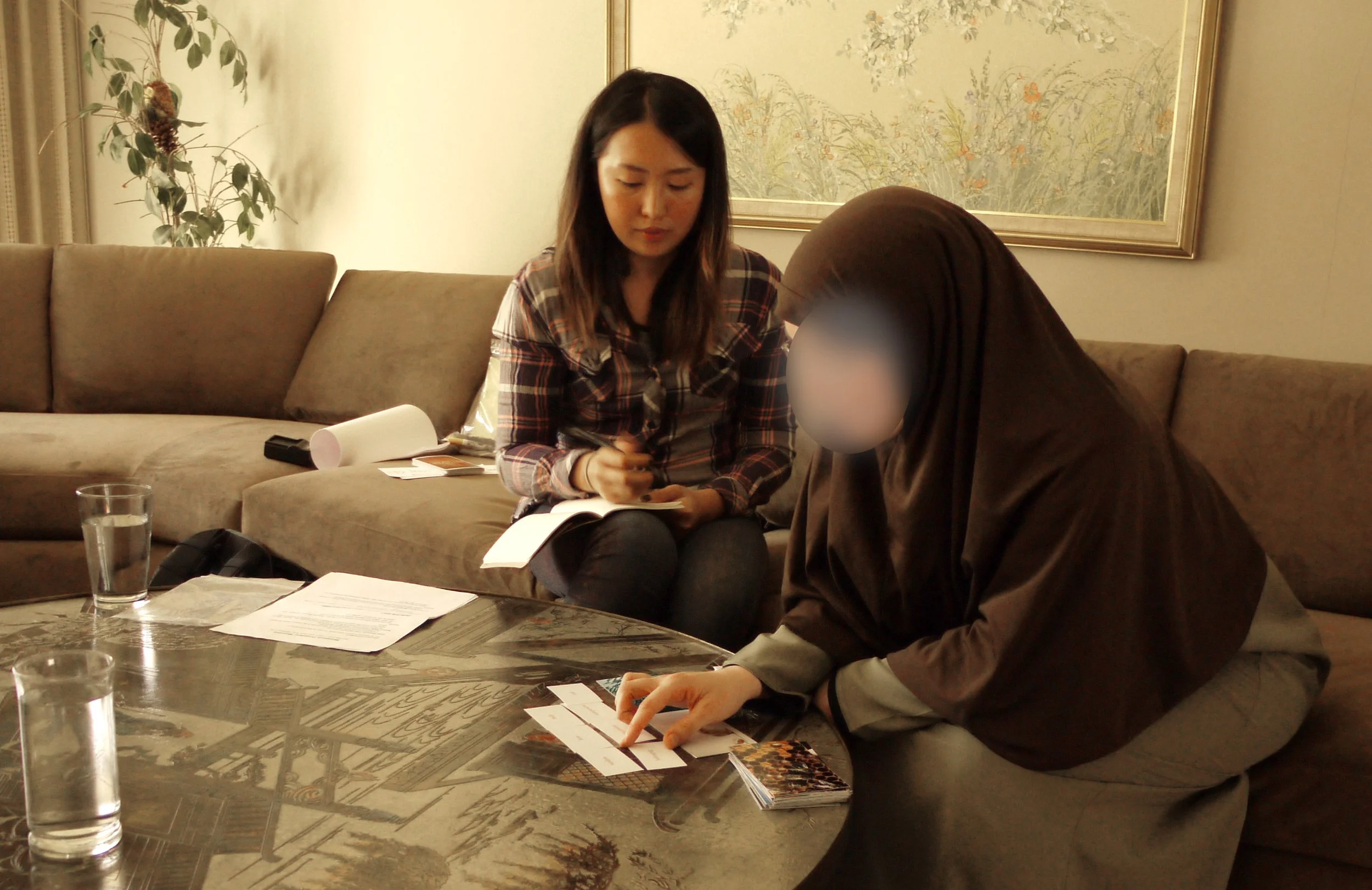
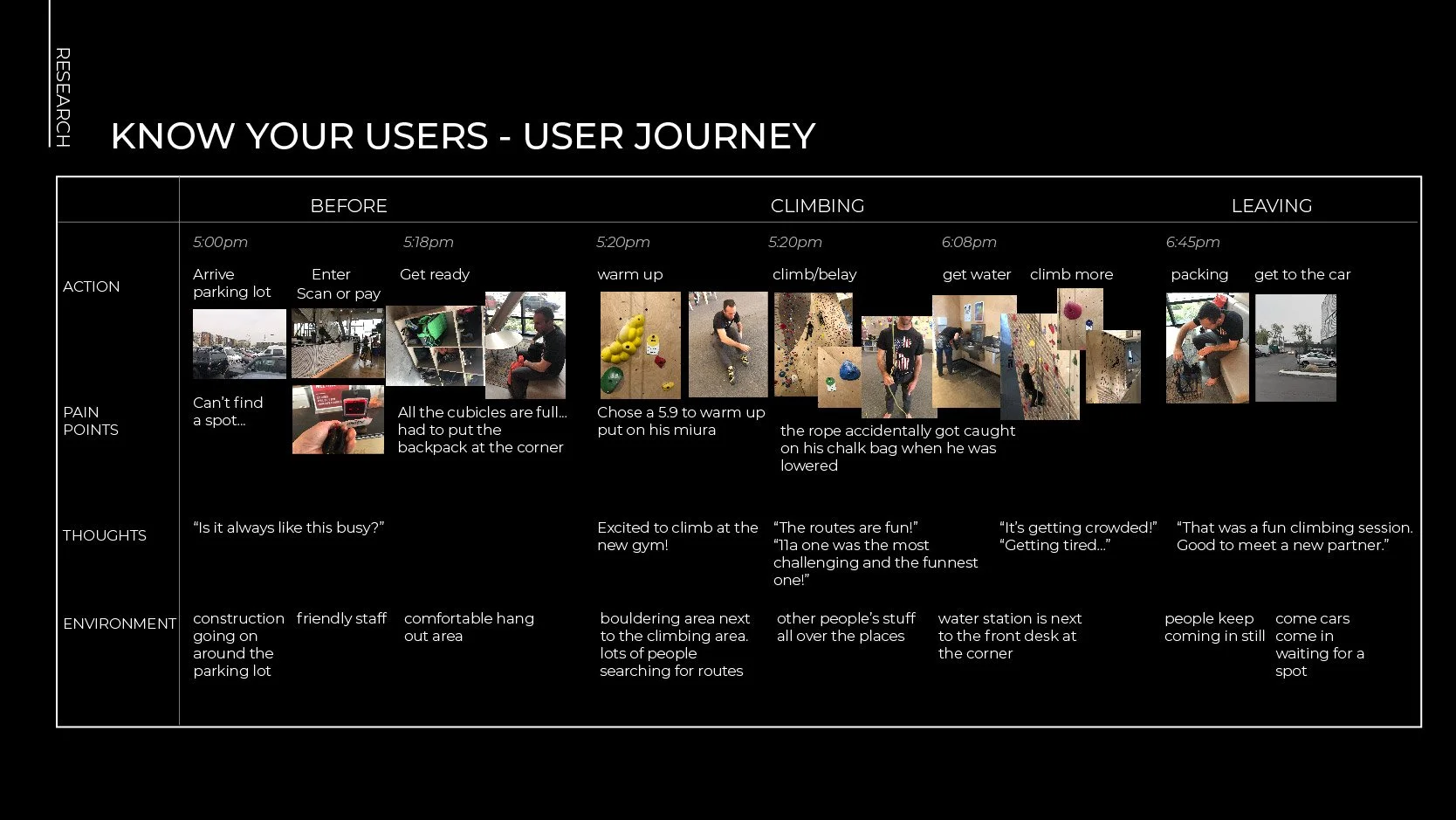
![[INTERVIEW] Prioritize your recreational passion with Dan Noakes](https://images.squarespace-cdn.com/content/v1/5444791ce4b02b47d496b5e6/1652921155685-AM9GHM6U2KVV7FJ114QU/3+sisters-01.jpg)







![[INTERVIEW] Not afraid of losing anything with Chel Al](https://images.squarespace-cdn.com/content/v1/5444791ce4b02b47d496b5e6/1651781360475-G4M8JFC0C6O4PJDWJSKL/banner-02.jpg)













